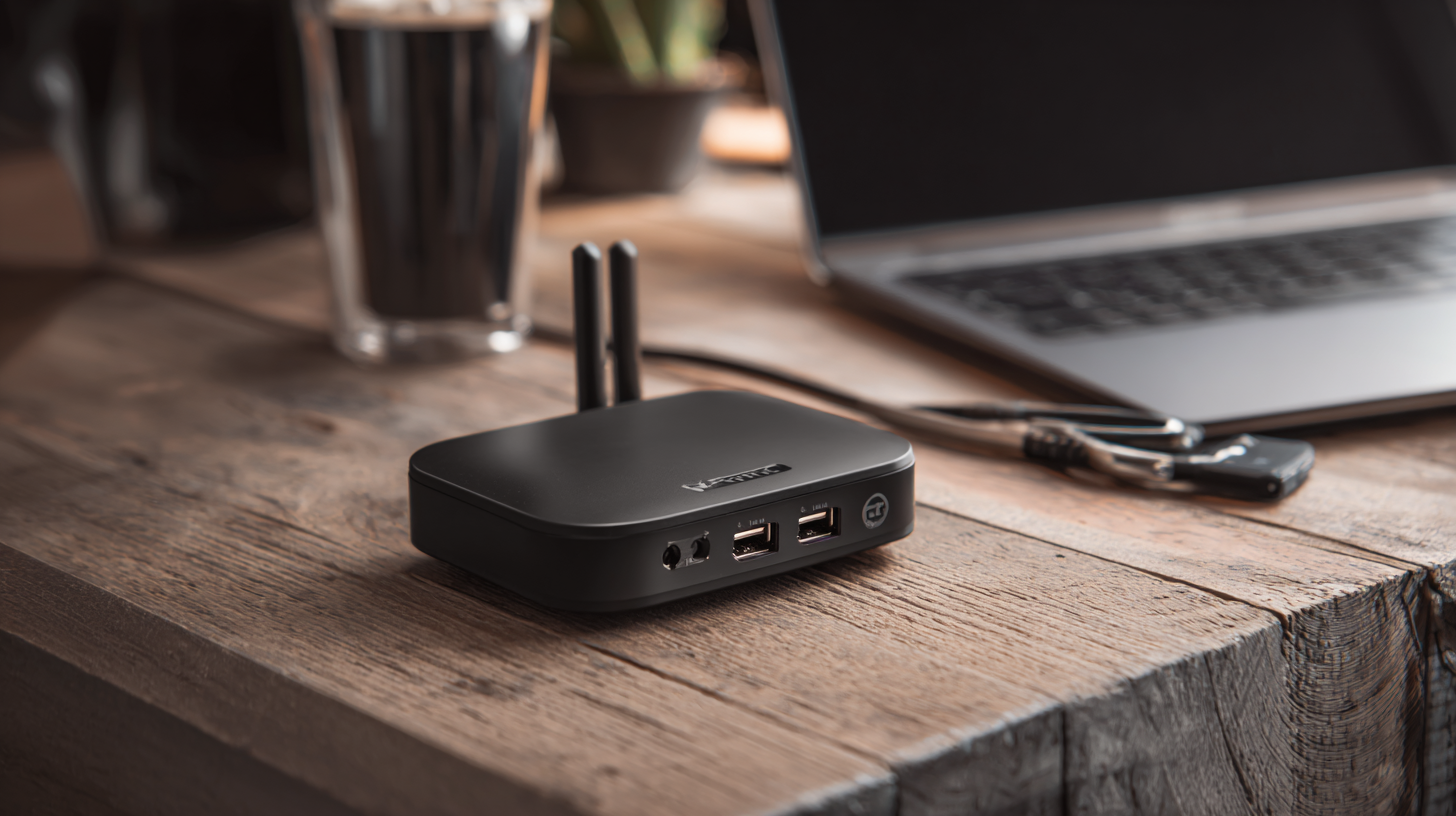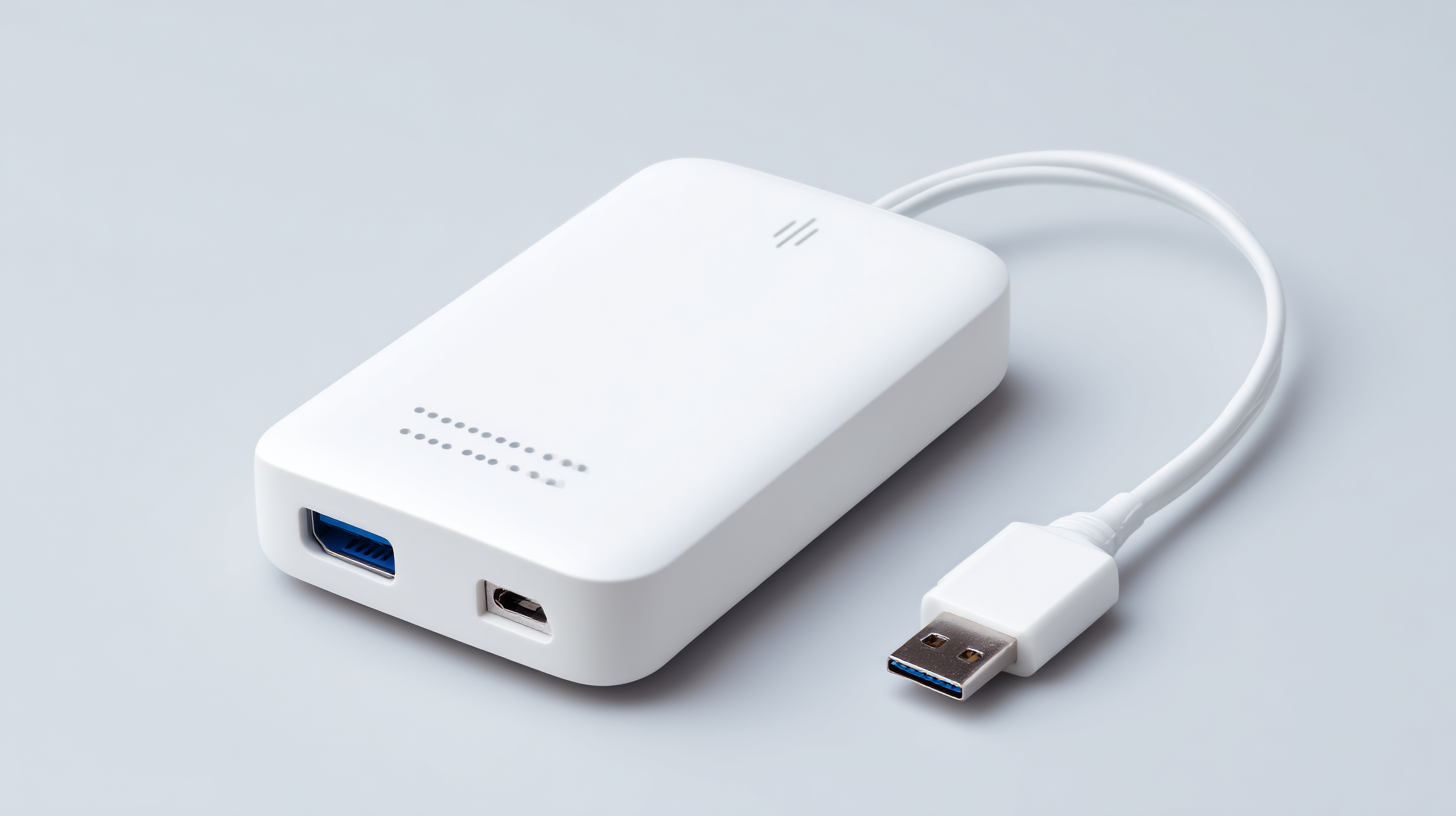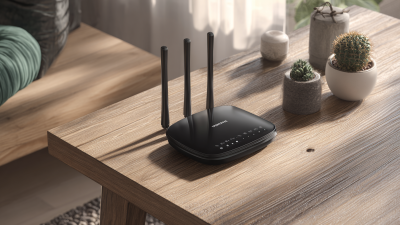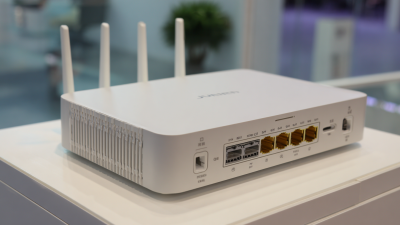In today's fast-paced digital world, staying connected while traveling is more important than ever. Whether you're a business traveler in need of reliable internet access for virtual meetings or a leisure traveler wanting to share your adventures on social media, having a dependable network is crucial. Enter the Travel Router, a compact device that transforms any wired or weak Wi-Fi connection into a strong, secure network for all your devices. This guide will delve into the essentials of choosing the right Travel Router, from understanding key features to troubleshooting common connectivity issues, ensuring that you can enjoy seamless internet access wherever your journeys take you. Equipped with these tips and knowledge, you can navigate the world of Travel Routers and keep your digital life uninterrupted on the go.

 Travel routers are a vital accessory for anyone looking to stay connected while on the move. At their core, these devices create a secure Wi-Fi network wherever there is a wired connection or an available hotspot. This feature is essential for travelers who need reliable internet access for work, communication, and navigation. With built-in security protocols, travel routers protect personal information from potential threats in public Wi-Fi environments, giving users peace of mind.
Travel routers are a vital accessory for anyone looking to stay connected while on the move. At their core, these devices create a secure Wi-Fi network wherever there is a wired connection or an available hotspot. This feature is essential for travelers who need reliable internet access for work, communication, and navigation. With built-in security protocols, travel routers protect personal information from potential threats in public Wi-Fi environments, giving users peace of mind.
Another significant benefit of travel routers is their portability. Most models are compact and lightweight, making them easy to pack in any bag without adding bulk. Additionally, many travel routers come equipped with multiple ports, which allow several devices to connect simultaneously. This versatility ensures that everyone in the travel group can enjoy seamless internet access, whether they are using smartphones, tablets, or laptops. Overall, understanding these features and benefits can greatly enhance the travel experience by keeping individuals connected, productive, and secure while exploring new destinations.
When selecting the right travel router, it’s crucial to consider your specific needs and usage scenarios. First, evaluate the type of internet access you will most commonly encounter. If you frequently travel to locations with unreliable Wi-Fi, a router with a range-extending feature or one that can create a secure connection from public networks is essential. Look for models that offer dual-band capabilities to give you adequate speed and flexibility while maintaining a stable connection.

Another important factor is portability and ease of use. A compact and lightweight router will fit conveniently in your luggage and can be set up with minimal effort. Features such as a built-in battery can be beneficial if you're in a place without access to power outlets. Additionally, make sure the router is compatible with your devices and has security features to protect your personal information while browsing, especially on public networks. By carefully assessing these aspects, you can choose a travel router that enhances your connectivity experience wherever your journey takes you.
Setting up your travel router can significantly enhance your internet access while on the move. First, begin by connecting the travel router to a power source and turning it on. Next, locate the default Wi-Fi network name (SSID) and password, usually printed on the device or found in the user manual. Use your smartphone, tablet, or laptop to connect to this network. Once connected, open a web browser and enter the router's IP address, often listed in the instruction manual, to access the setup interface.
Upon entering the setup interface, follow the on-screen prompts to configure your travel router. You will likely need to select your preferred internet source, such as a public Wi-Fi network or mobile data hotspot. After inputting the necessary details, personalize your router settings by changing the default SSID and password to something memorable and secure. Ensure that any security settings, like WPA2, are enabled to safeguard your connection. Once everything is set, apply the changes, reboot the router, and you should be ready to enjoy seamless internet access wherever your travels take you.
When traveling, maintaining high-speed internet access can significantly enhance your experience, enabling seamless communication, navigation, and online entertainment. To maximize internet speed and connectivity on the go, investing in a travel router can be a game-changer. These compact devices allow you to create a secure Wi-Fi network from public connections, ensuring that your devices are connected without compromising your data security. Look for routers that support dual-band connections and offer advanced technologies like 802.11ac to ensure fast speeds and a reliable connection regardless of where you are.
Moreover, utilizing a travel router can alleviate the common issues of disconnection and slow speeds that often plague public Wi-Fi networks. By connecting through a travel router, you can prioritize bandwidth for applications that matter most, whether it's video conferencing for work or streaming your favorite shows. Additionally, many travel routers come equipped with features such as VPN compatibility, enabling secure browsing and access to geo-restricted content. With the right travel router, you can confidently explore new locations while enjoying the freedom of robust internet connectivity.
| Router Model | Max Speed (Mbps) | Wi-Fi Standards | Portability (Weight in grams) | Battery Life (Hours) |
|---|---|---|---|---|
| Model A | 300 | 802.11ac | 200 | 10 |
| Model B | 600 | 802.11n | 180 | 12 |
| Model C | 900 | 802.11ax | 250 | 14 |
| Model D | 450 | 802.11g | 220 | 8 |
| Model E | 750 | 802.11ac & 802.11n | 210 | 11 |
When traveling, a reliable internet connection can sometimes be elusive, especially if you're using a travel router. Common issues like connectivity drops or slow speeds can frustrate even the most seasoned travelers. One frequent problem is the router failing to connect to local networks. If this happens, ensure that your device is set to the correct network mode and that the SSID and password match the local network credentials.
Tips: Regularly update your travel router’s firmware before your trip. This can resolve connectivity bugs and improve performance, ensuring smoother access while you're on the go. Additionally, reset your router if it becomes unresponsive—holding down the reset button for about 10 seconds often does the trick.
Another common issue is poor signal strength. If you're experiencing this, try repositioning your router or adjusting its antennas. Placing it near a window or higher up can often enhance connectivity. Make sure to avoid congested areas; other electronic devices can interfere with wireless signals.
Tips: Carry a Wi-Fi signal booster to amplify weak signals when necessary. These small devices can provide significant enhancements for your connection, making it easier to stay connected no matter where you are.








